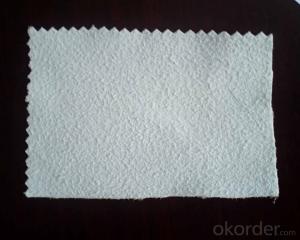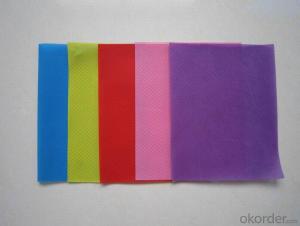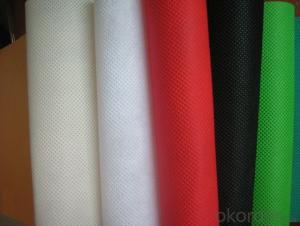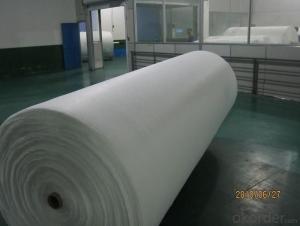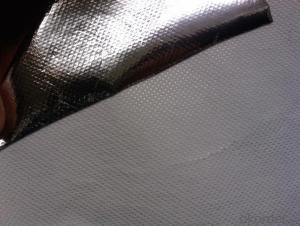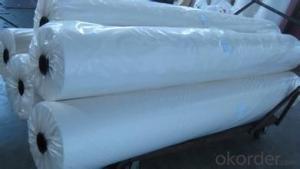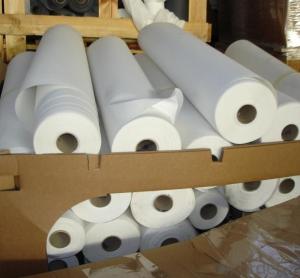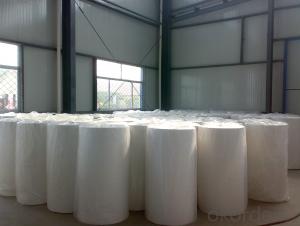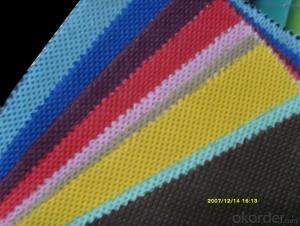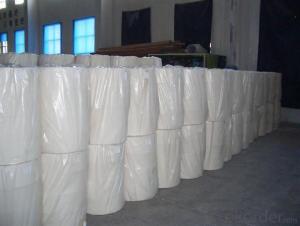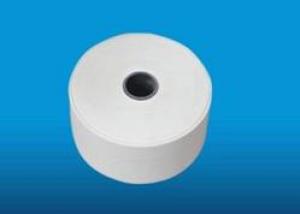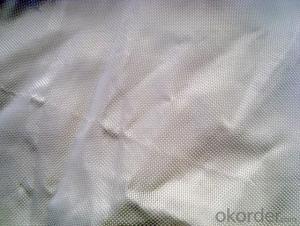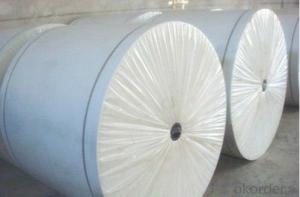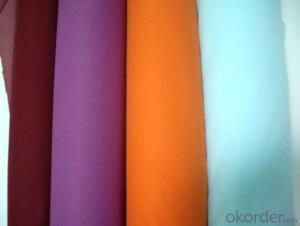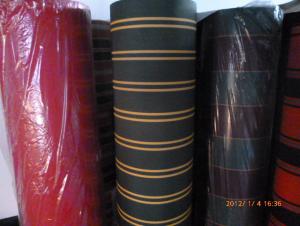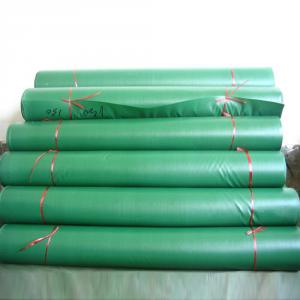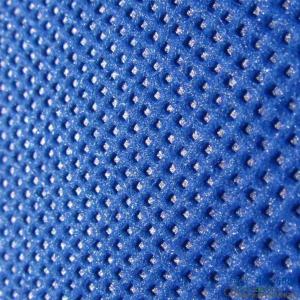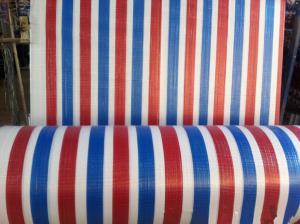Thermal Bonded Nonwoven Fabric for Polyester Wadding/Padding
- Loading Port:
- Shanghai
- Payment Terms:
- TT OR LC
- Min Order Qty:
- 1000 kg
- Supply Capability:
- 100000 kg/month
OKorder Service Pledge
OKorder Financial Service
You Might Also Like
Eco-friendly Polypropylene PET Spunbond Non-woven Fabrics Made in China
Our products have been widely used in the field of medical& sanitary, industry &agriculture, and construction &daily-used products such as agriculture plant covers, roof waterproof materials, disposable items for medical and industrial applications, liners for furniture, lining in cases,apparel, warm facilities, bedding products, sofas, packing materials, packing material land mulriple cloth shopping bags, suits and garment covers, Industrial protective coveralls, garment accessory materials, bed articles, medical and sanitary articles as well.

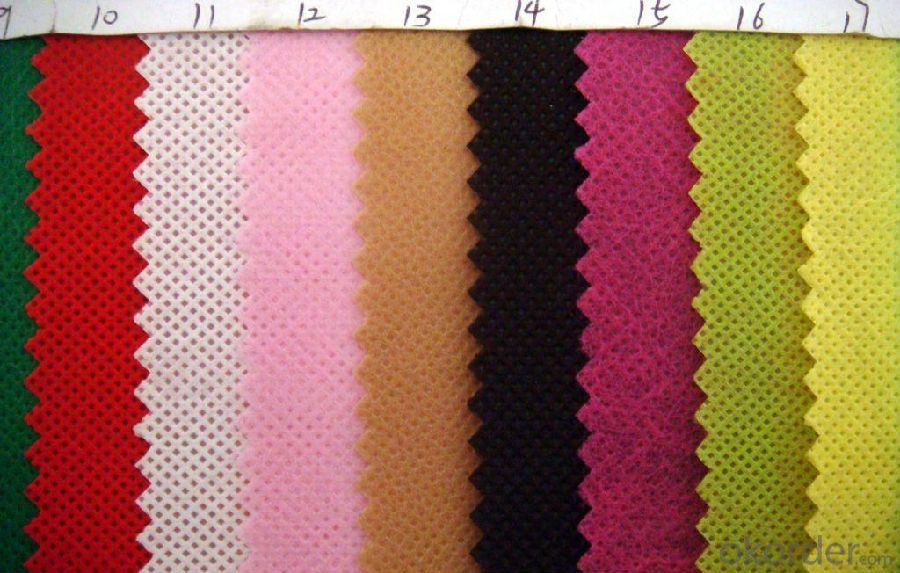
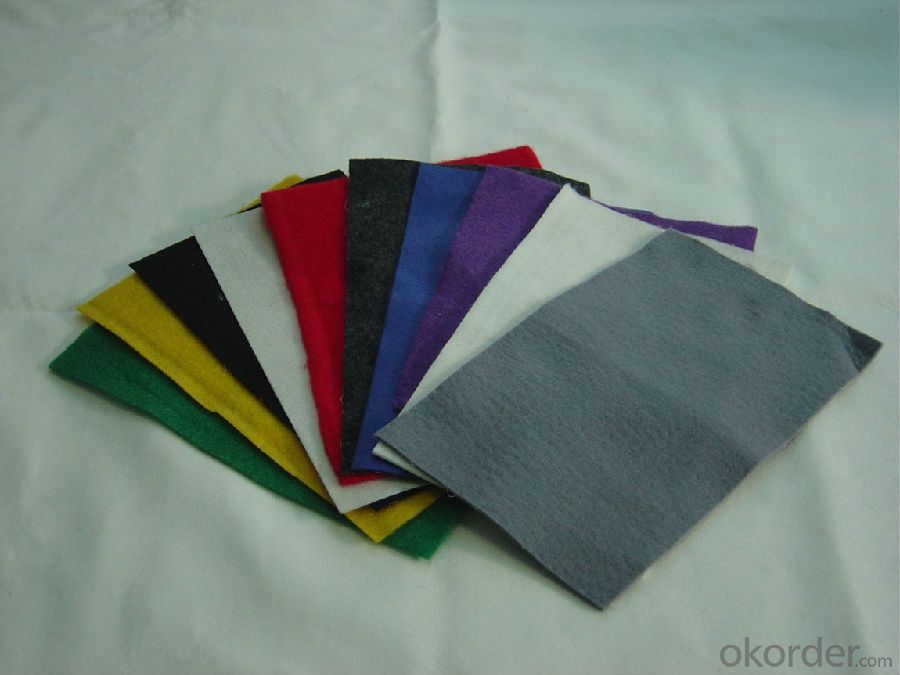
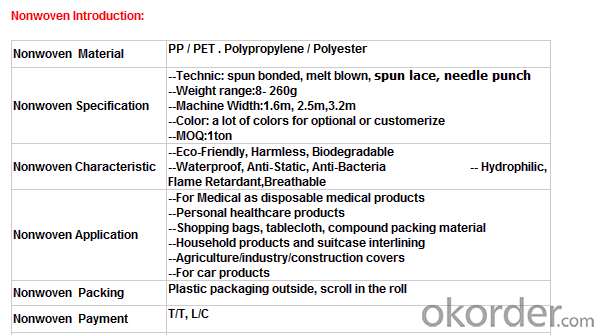
Our Service:
Within 24 hours reply ;
Well-trained and experienced staffs in English;
OEM & ODM , Customized are warmly welcomed , or design for you ;
Protecting customer’s privacy and profits;
Make sure the quality is approved , or we pay the return or remake them at once .
Nonwoven Advantage:
1. Light: Polypropylene is the main raw material; specific gravity is 0.9, is only third five, fleecy and touches well.
2. Flexibility: made up of microfiber (2-3D), dot by dot thermo-melt formed. Flexibility of products is suitable, comfortable.
3. Water resistance and breathability: slices of Polypropylene and finished products resist water, breathable and easy to maintain and wash.
4. Non-toxic, non-irritating: made of materials which catch up FDA standard, without other chemical composition, stable, non-toxic, no smell, safe for sensitive skin.
5. Anti-bacterial, anti-chemical: Polypropylene is blunt chemical substances can protect in liquid from bacterial and insects; antibacterial, alkali corrosion, erosion and the finished product will not affect sensitive skin.
FAQ:
Q: What standards are you carrying out for your products?
A: We produce according to the ISO9001 and ISO14001 rules.
Q: How to install the machine?
A: We will arrange 1~2 engineers to your factory to guide installation and assembly.
Q: What’s your international market?
A: We Have exported to about 40 countries and regions all around the world, such as, the USA, France, Singapore, Australia, Middle East, Brazil, Peru and so on.
Q: Do you sell steel shot or steel grit which can be uses in shot blasting machine?
A: We have four production lines for steel shot and steel grit production, one work shop for steel cut wire shots, and one workshop for stainless steel shot and Aluminium shot and so on.
Q: Do you have the right to export?
A: Yes, we registered in the Customs and gained the right to export by ourselves.
- Q: What are the test tests for the color fastness of textiles?
- 8, perspiration color fastness 9, dry hot color fastness 10, heat pressure color fastness 11, resistance to water fastness 12, color fastness to brush
- Q: What kind of fiber can be used as textile fiber
- Fibers derived from plant bursa such as flax, jute, apricot and the like; fibers derived from plant leaves such as sisal, abaca and the like. The main chemical composition of plant fiber is cellulose, it is also known as cellulose fiber
- Q: What are the common textile auxiliaries?
- Shorten the processing cycle or reduce the processing process, save processing time, improve processing efficiency. Reduce energy consumption, save energy and reduce costs
- Q: What are the processes of dyeing and finishing of textiles?
- Different raw materials processing process is not exactly the same, the specific operation of specific raw materials.
- Q: Classification of textile materials
- The yarn is composed of fiber, with pure spinning yarn, blended yarn, with yarn distribution; according to the distribution of mixed fiber, there are evenly mixed yarn, change the mixed yarn, combination or composite yarn points
- Q: Textile printing and dyeing process which
- Although dyeing can be done through a rolling mill, but also the most difficult process, because the color control of dyeing in addition to the known, there are many uncertainties, such as the stability of the dye at different temperatures, steam control , Rolling pressure control, etc., are very fine live ..
- Q: What is the meaning of the number of yarns used in cotton textiles?
- The larger the number in front of S, the finer the yarn, the lighter, thinner, and softer the fabric. The smaller the number, the thicker the yarn, the heavier the fabric, the thicker and the more rough.
- Q: What is the earliest textile tool?
- Pre-Qin's textile has been liberated from the "hand refers to the hook". ("Yellow Emperor" and "Huainanzi" records "hand refers to the hook" refers to a root yarn in turn connected to the same root on the stick, the other end is followed by another stick in the above
- Q: Do you need to do environmental protection for dry textile processing?
- Individual industrial and commercial business license is only one, but the composition is divided into two types of family management and personal business
- Q: Classification of cotton textiles
- Clothing textiles, including the production of clothing and a variety of textile fabrics and sewing thread, elastic band, lined, lining and other textile accessories and knitted garments, gloves, socks and so on.
Send your message to us
Thermal Bonded Nonwoven Fabric for Polyester Wadding/Padding
- Loading Port:
- Shanghai
- Payment Terms:
- TT OR LC
- Min Order Qty:
- 1000 kg
- Supply Capability:
- 100000 kg/month
OKorder Service Pledge
OKorder Financial Service
Similar products
Hot products
Hot Searches
Related keywords
